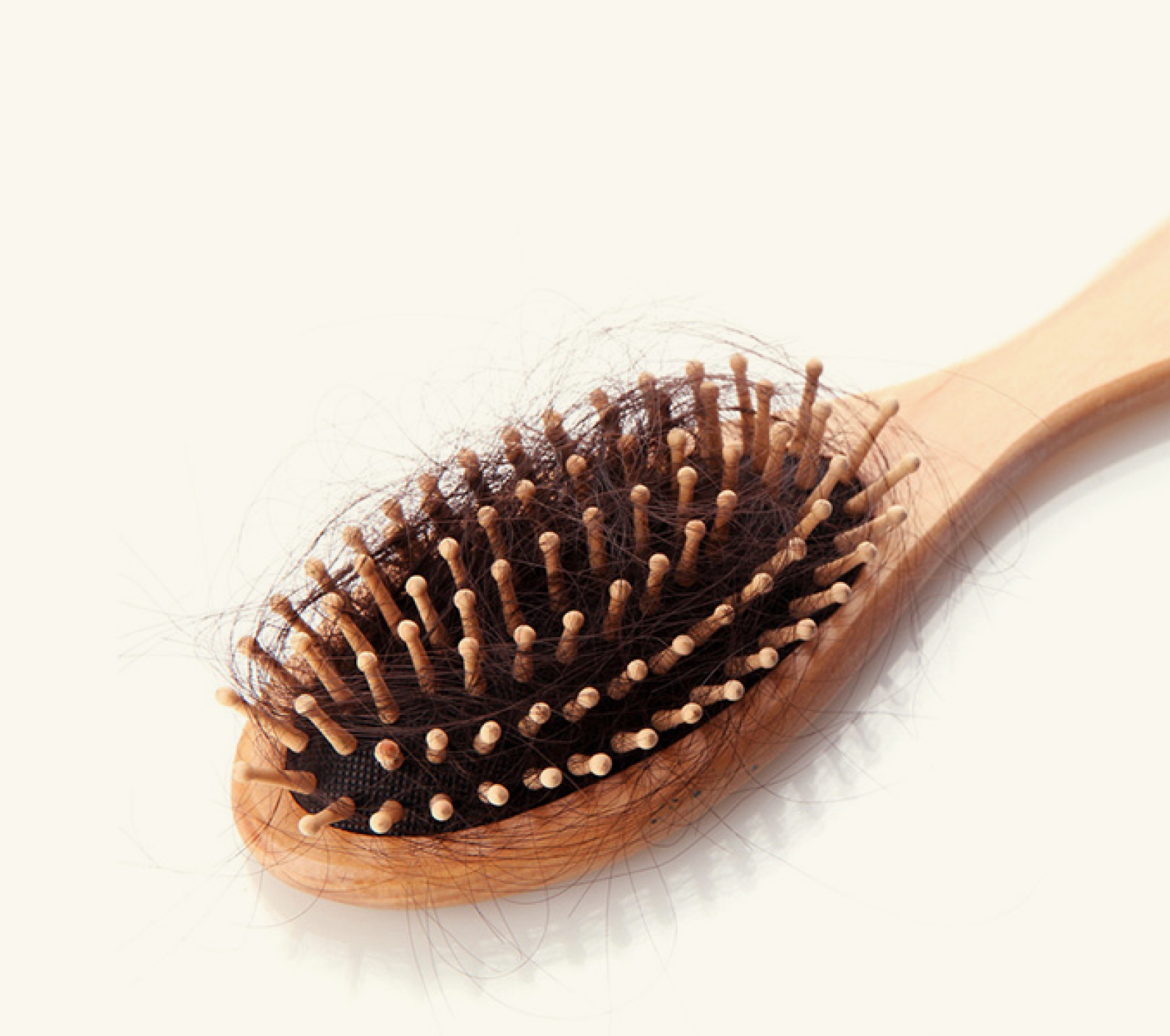67% of men experience hair loss by the age of 35
*The Academy of Dermatology
*The Academy of Dermatology

Male and Female pattern baldness is a common condition that causes hair loss in men. It is characterized by the replacement of thicker, darker hairs on the scalp with thinner, shorter, less pigmented hairs. This process is caused by the hormone dihydrotestosterone (DHT), which is derived from testosterone. While it is possible to stop or reverse hair loss caused by male pattern baldness, once the hair follicle loses its attachment to the small muscles in the skin, the hair loss becomes permanent. It is very important to address hair loss as soon as possible in order to try to stop it.
Initiating hair loss treatment at the earliest signs with medications known to prevent hair loss and promote the regrowth of certain hair follicles is crucial. By targeting these follicles early, there is a greater likelihood of maintaining their integrity for a longer period, potentially resulting in thicker hair.
Androgenetic alopecia, also known as male or female pattern baldness, is a common form of hair loss that occurs due to a combination of genetic and hormonal factors. It is the most prevalent cause of hair loss in both men and women.
In androgenetic alopecia, hair follicles gradually shrink and produce thinner and shorter hair over time. This process is influenced by the presence of dihydrotestosterone (DHT), a hormone derived from testosterone. DHT binds to receptors in the hair follicles, leading to a gradual miniaturization of the follicles and a shorter hair growth cycle.
In men, androgenetic alopecia typically manifests as a receding hairline and thinning at the crown of the head, eventually leading to partial or complete baldness. Women with androgenetic alopecia usually experience overall thinning of the hair on the top of the scalp.
While there is no known cure for androgenetic alopecia, there are treatments available to slow down its progression and stimulate hair regrowth.
The effectiveness of treatments can vary among individuals, and early intervention tends to yield better results.
Alopecia areata is an autoimmune disorder that causes hair loss. It occurs when the immune system mistakenly attacks the hair follicles, resulting in hair loss in small, round patches on the scalp or other areas of the body. The exact cause of alopecia areata is unknown, but it is believed to involve a combination of genetic and environmental factors. While there is no cure for alopecia areata, various treatments are available to help stimulate hair regrowth and manage the condition.
Telogen effluvium is temporary hair loss caused by stress, illness, hormonal changes, or surgery. It happens when many hair follicles enter a resting phase at the same time and eventually shed, resulting in thinning hair all over the scalp. It’s different from other hair loss conditions and usually resolves on its own once the underlying cause is addressed. If you think you have telogen effluvium, it’s best to consult a healthcare professional for an accurate diagnosis and guidance.
Avoid generic treatments, and get a custom topical made for you.
Login into your profile to set up your account.